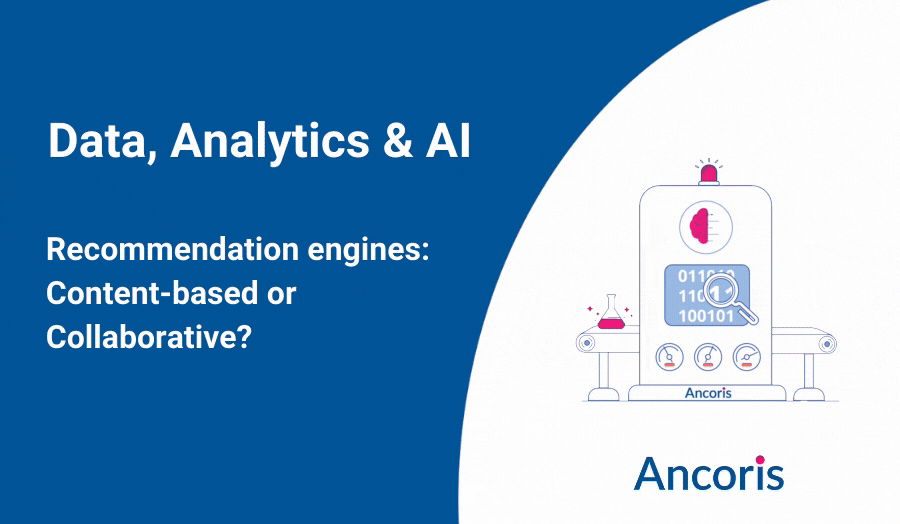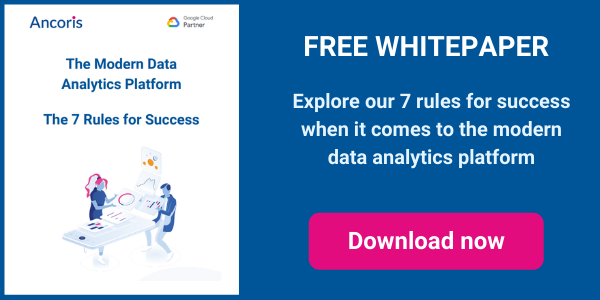A recommendation engine allows you to create a hyper-personalised experience for customer. E-commerce, streaming media, social media and news sites often make use of recommendation engines because they can reduce customer churn, increase engagement and improve revenues and profits.
There are two main approaches to recommendation engines.
1. Content-based recommendation engines
These are based on each individual user’s activity and preferences. Content is first labelled with attributes or keywords. The recommendation engine then captures the attributes of the content a user interacts with: the items they view and buy, the social media posts they like or comment on, and the news articles they read. Other content tagged in the same way is then identified and shown to the user. The accuracy of the recommendations largely depends on the quality of the tagging on the content and the amount of information captured about users.
The main disadvantages of content-based recommendation engines are:
- Content must be accurately tagged with attributes and keywords. This is time-consuming to do manually and can be affected by the labeller’s bias, although machine learning offers a route to provide automatic tagging.
- Recommendations may initially be poor, as the system doesn’t have enough information to accurately identify the user’s interests (known as a “cold start” problem). This may discourage users from coming back. To overcome this, users can be asked to create a more detailed profile where they actively chose what kind of content they want to see.
- Users may not be shown content they’d enjoy because there’s no (or not enough) overlap in attributes with the content they’ve initially chosen.
- It’s harder to use customers’ preferences for one kind of content, such as books, to recommend other kinds of content such as movies or games
2. Collaborative recommendation engines
These “crowdsource” recommendations using data from many users. They identify other users who seem to be in similar situations or have similar tastes. This is typically because they’ve purchased the same products or looked at, liked or commented on — with the same degree of positivity or negativity — the same content in the past. Suggestions are then generated based on the behaviour of those other users. Think of Amazon’s “People who bought this also bought...” recommendations.
Collaborative recommendation engines are often considered to offer more relevant recommendations, while they can help users discover relevant new content more easily.
The main disadvantages of collaborative recommendation engines are:
- You need to a lot of data about users — both in terms of overall user numbers and the level of detail you’re capturing about their interactions.
- They’re computationally very intensive. You need to be able to ingest and cleanse large amounts of data very quickly and then run the model to generate new recommendations fast enough for recommendations to still be relevant.
- To generate useful recommendations, you need to be able to aggregate all of each user’s activity — whether they’re logged in or out, or using different devices and networks — to get a full picture of how they’re interacting with content.
- You need to develop an engagement scoring algorithm that provides an accurate assessment of how engaging users found each piece of content they interacted with.
- Recommendation algorithms are, by definition, biased but can include unintended biases that are considered discriminatory or otherwise contentious. Developing a high-quality algorithm requires deep expertise and for developers to be aware of potential biases.
If you think a recommendation engine could help your organisation meet its business goals, why not read about how Play Sports Network is using recommendations to deliver personalised content on its social media site or come and talk to the experts in our Data Analytics team about your options and how we can help.

